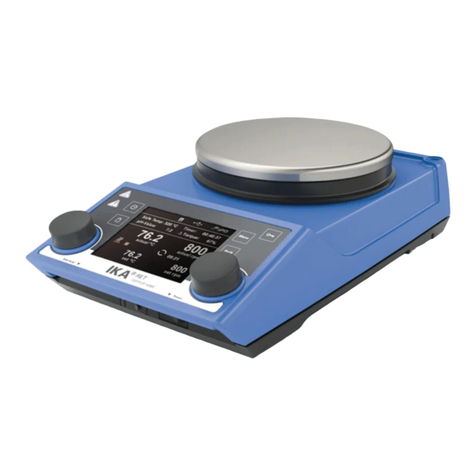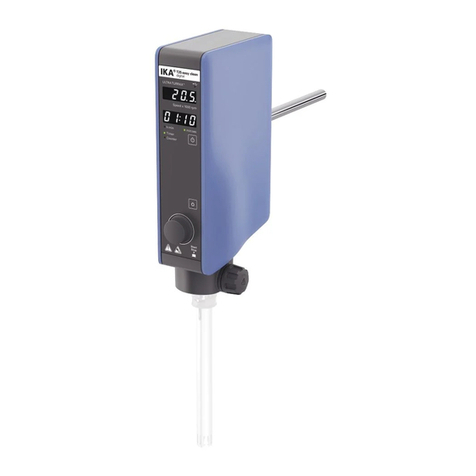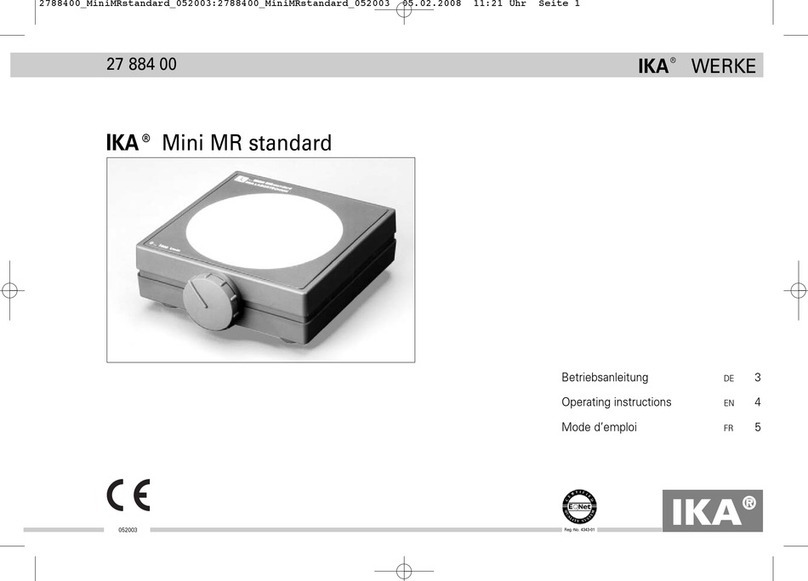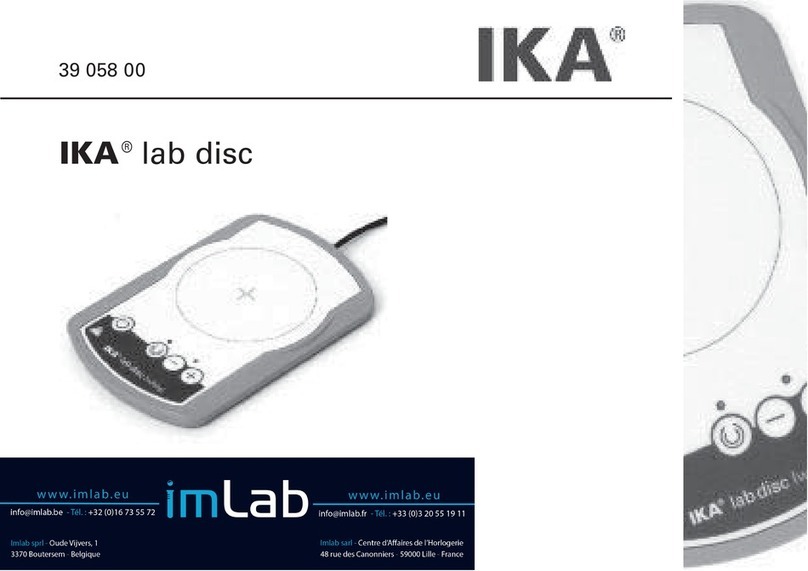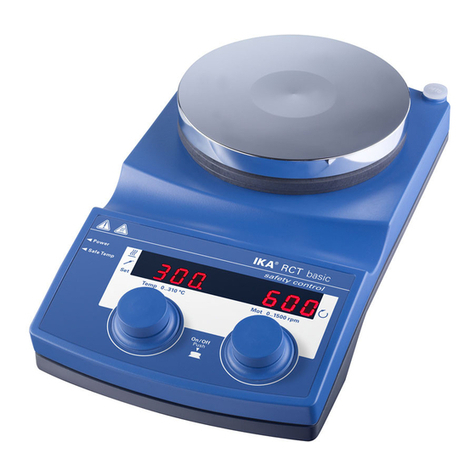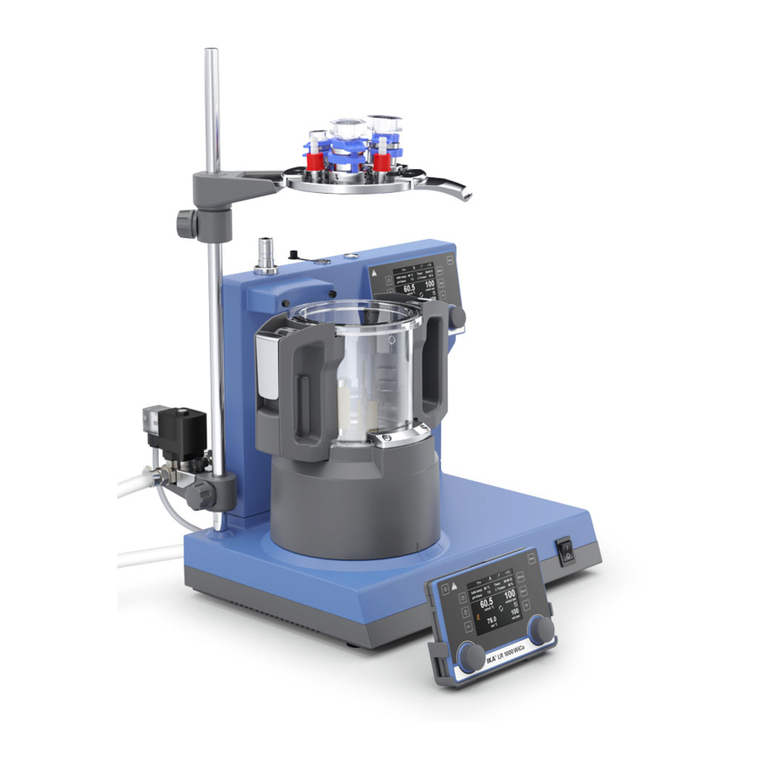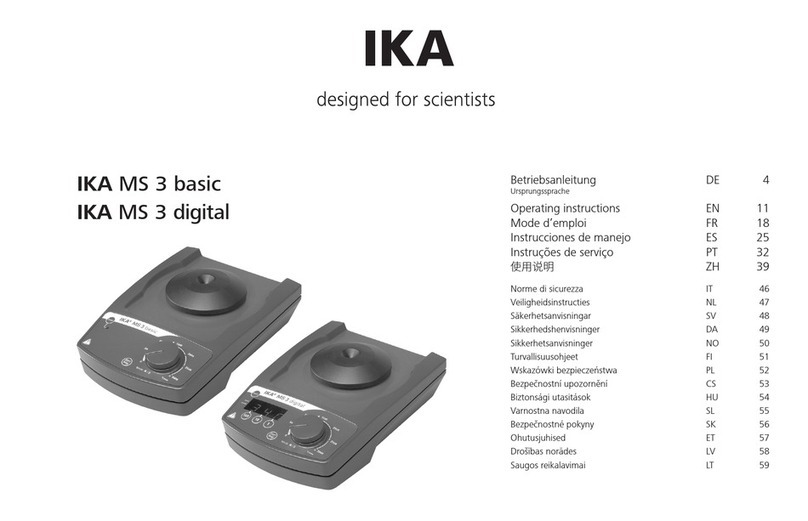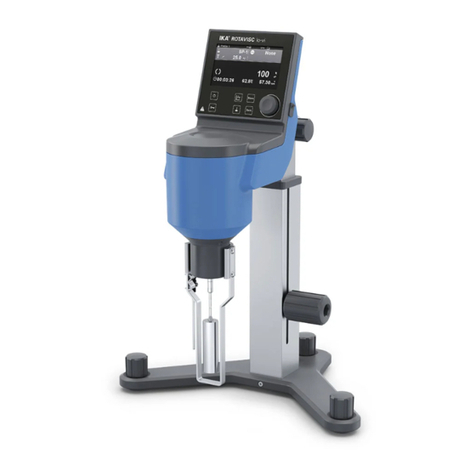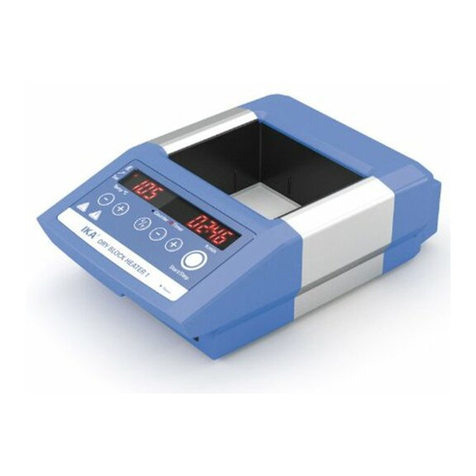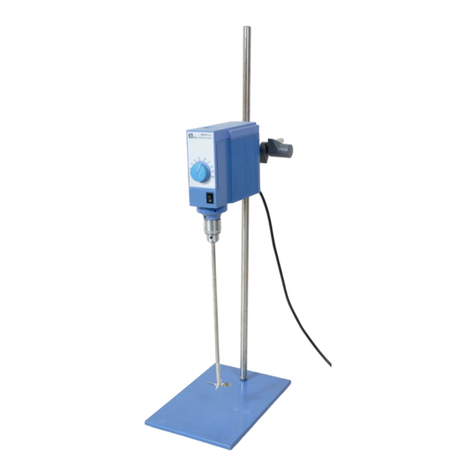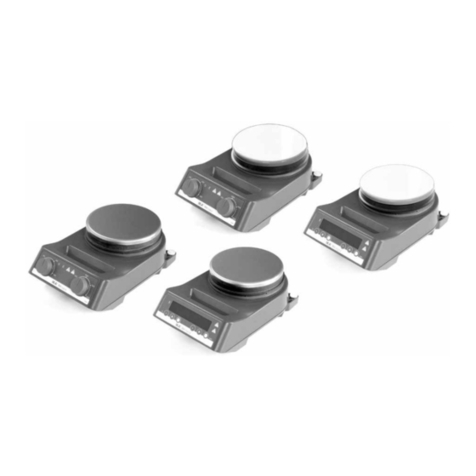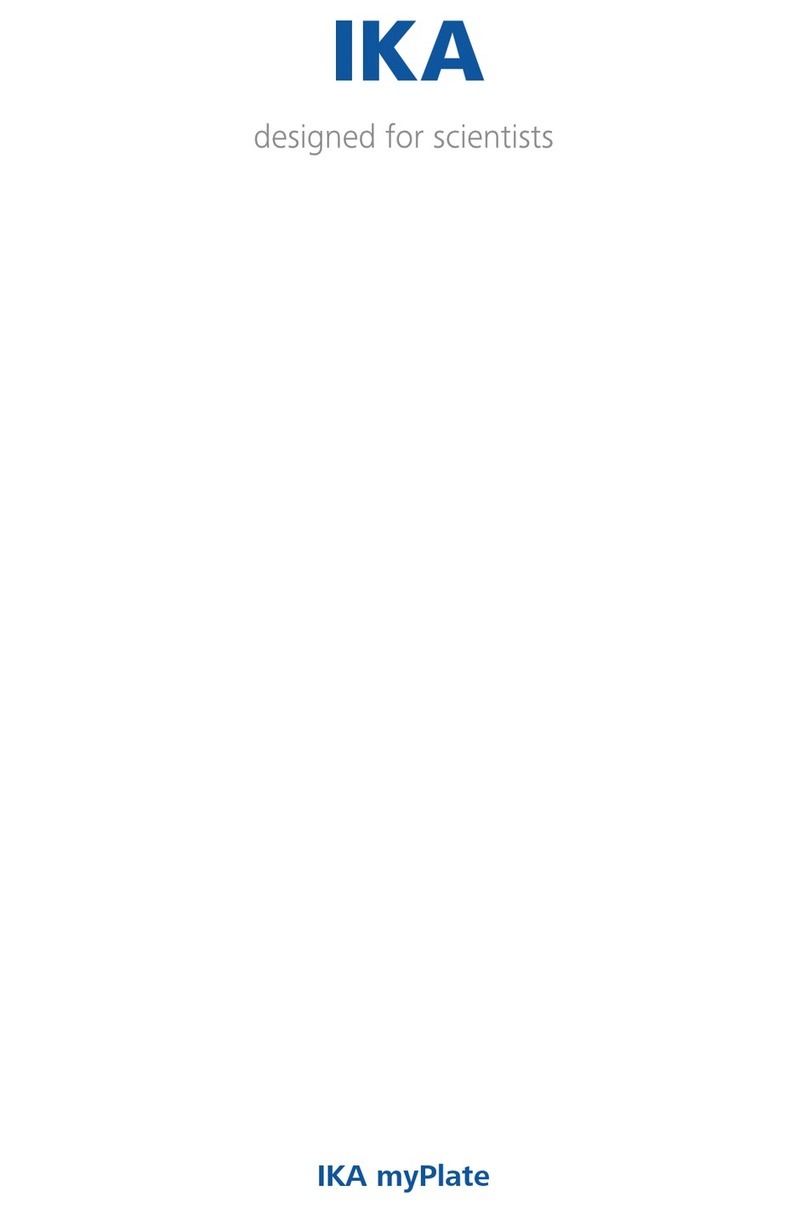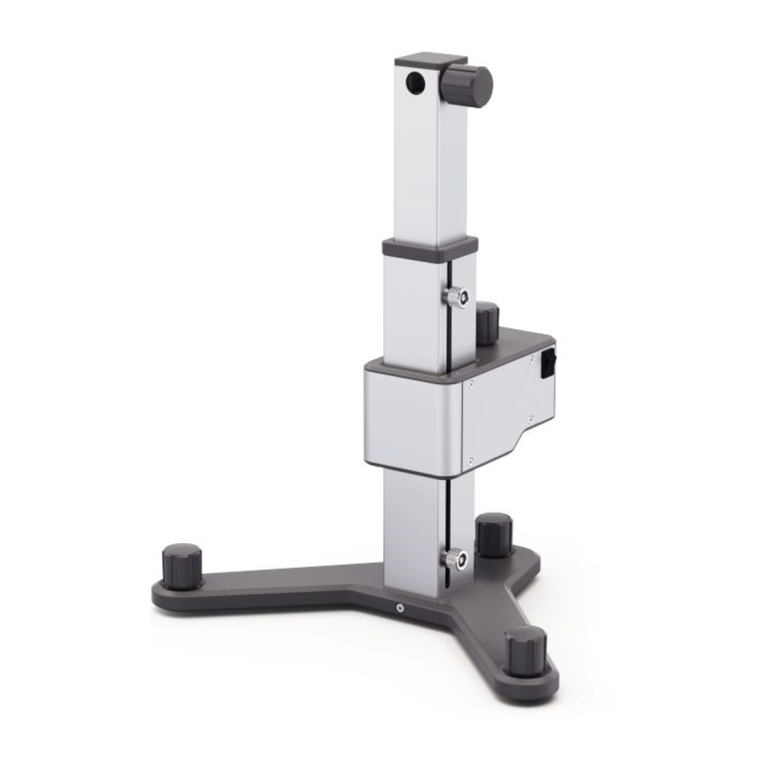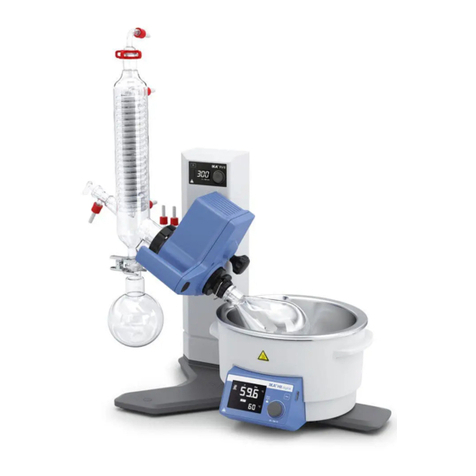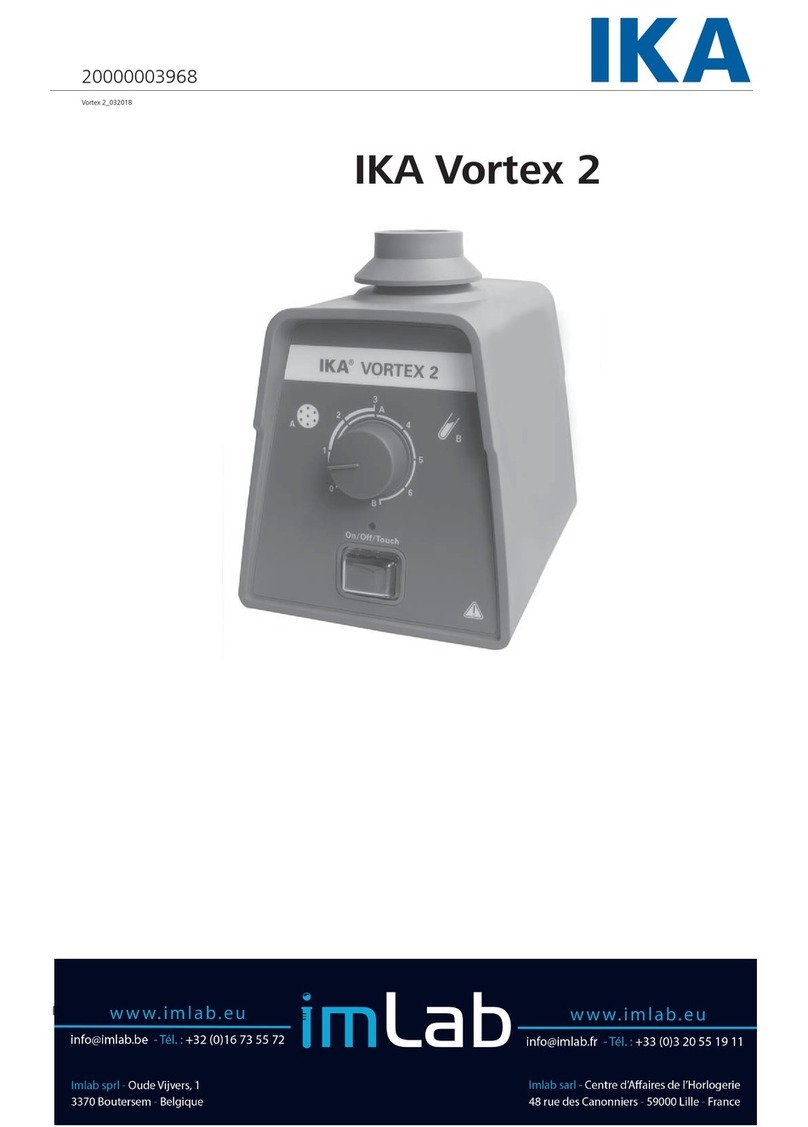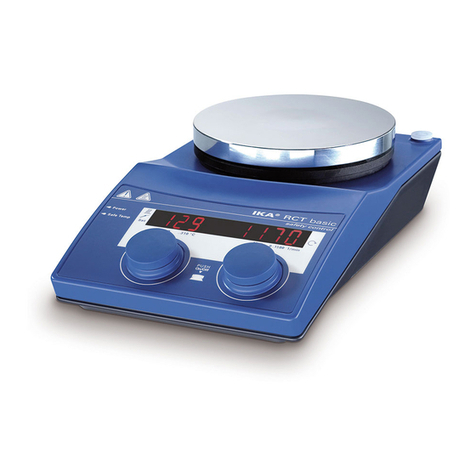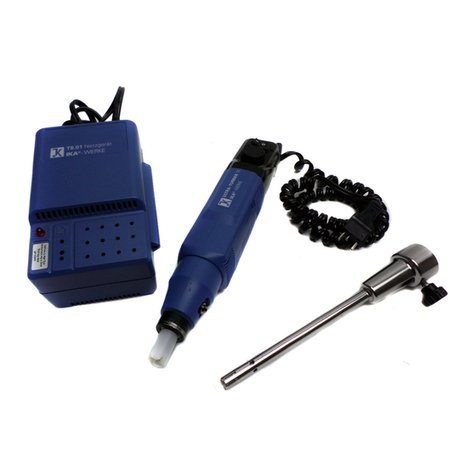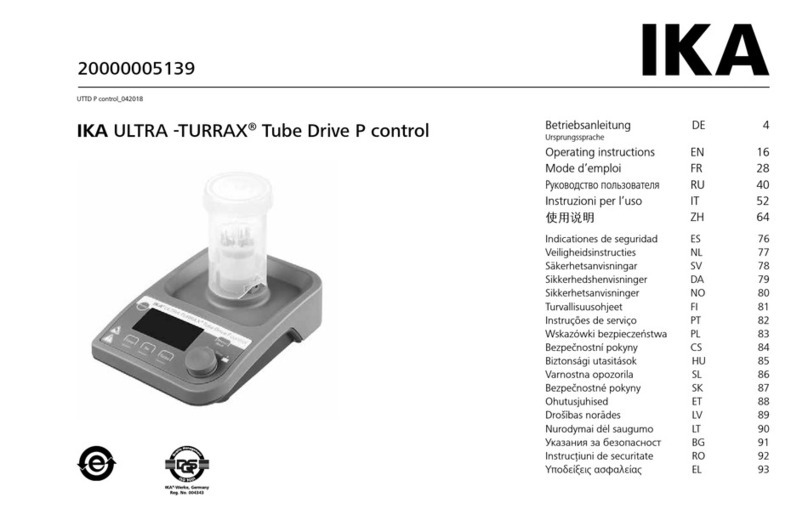3
RW47D102003
CE-KONFORMITÄTSERKLÄRUNG D
Wir erklären in alleiniger Verantwortung, daß dieses Produkt den Bestimmungen der
Richtlinien 89/336EG und 73/023EG entspricht und mit den folgenden
Normen und norminati-
ven Dokumenten übereinstimmt: EN 61010-1; EN 60204-1; EN 292-1, -2; EN 414 und EN 61326-1.
CE-DECLARATION OF CONFORMITY GB
We declare under our sole responsibility that this product corresponds to the regulations
89/336EEC, 89/392EEC and 73/023EEC and conforms with the standards or standardized
documents
EN 61010-1; EN 60204-1; EN 292-1, -2; EN 414; EN 55011; EN 55014, EN 50081, EN
50082-1, EN 60555-2, -3.
DÉCLARATION DE CONFORMITÉ CE F
Nous déclarons sous notre propre responsabilité que ce produit est conforme aux réglemen-
tations 89/336CEE, 89/392CEE et 73/023CEE et en conformité avec les normes ou docu-
ments normalisés suivant
EN 61010-1; EN 60204-1; EN 292-1, -2; EN 414; EN 55011; EN 55014,
EN 50081, EN 50082-1, EN 60555-2, -3.
DECLARACION DE CONFORMIDAD DE CE E
Declaramos por nuestra responsabilidad propia que este producto corresponde a las directri-
ces 89/336CEE, 89/392CEE y 73/023CEE y que cumple las normas o documentos normativos
siguientes:
EN 61010-1; EN 60204-1; EN 292-1, -2; EN 414; EN 55011; EN 55014, EN 50081, EN
50082-1, EN 60555-2, -3.
CE-CONFORMITEITSVERKLRING NL
Wij verklaren in eigen verantwoordlijkheid, dat dit produkt voldoet ann de bepalingen van de
richtlijnen 89/336EEG, 89/392EEG and 73/023EEG en met de volgende normen
of normatieve
dokumenten overeenstemt: EN 61010-1; EN 60204-1; EN 292-1, -2; EN 414; EN 55011; EN 55014,
EN 50081, EN 50082-1, EN 60555-2, -3.
CE-DICHIARAZIONE DI CONFORMITÀ I
Dichiariamo, assumendone la piena responsabilità, che il prodotto è conforme alle seguenti
direttive: CCE 89/336, CCE 89/392 e CCE 73/023, in accordo ai seguenti regolamenti e docu-
menti:
EN 61010-1; EN 60204-1; EN 292-1, -2; EN 414; EN 55011; EN 55014, EN 50081, EN 50082-
1, EN 60555-2, -3.
CE-KONFORMITETSFÖRKLARUNG S
Vi förklarar oss ensamt ansvariga för att denna produkt motsvarar bestämmelserna i riktlinjer-
na 89/336EEG, 89/392EEG och 73/023EEG och att den överensstämmer med
följande normer
eller normativa dokument: EN 61010-1; EN 60204-1; EN 292-1, -2; EN 414; EN 55011; EN 55014,
EN 50081, EN 50082-1, EN 60555-2, -3.
CE-KONFORMITETSERKLÆRING DK
Vi erklærer, at dette produkt öpfylder bestemmelserne i direktiverne 89/336EØF, 89/392EØF
og 73/023EØF og at det er overensstemmende med følgende normer eller normgivende
dokumenter:
EN 61010-1; EN 60204-1; EN 292-1, -2; EN 414; EN 55011; EN 55014, EN 50081, EN
50082-1, EN 60555-2, -3.
CE-KONFORMITETSERKLÆRING N
Vi erklærer på helt og holdent eget ansvar at dette produktet er i samsvar med bestemmelsene i
forskriftene 89/336EEG, 89/392EEG og 73/023EEG, og at de er i overensstemmelse med følgende
normer eller normative dokumenter: EN 61010-1; EN 60204-1; EN 292-1, -2; EN 414; EN 55011; EN
55014, EN 50081, EN 50082-1, EN 60555-2, -3.
CE-STANDARDINMUKAISUUSTODISTUS SF
Ilmoitamme täysin omalla vastuullamme, että tämä tuote vastaa EU-direktiivejä 89/336EU ,
89/392EU sekä 73/023EU ja on seuraavien normien tai ohjeasiakirjojen mukainen: EN 61010-1; EN
60204-1; EN 292-1, -2; EN 414; EN 55011; EN 55014, EN 50081, EN 50082-1, EN 60555-2, -3.
∆ΗΛΩΣΗ ΑΝΤΑΠΟΚΡΙΣΗΣ ΕΕ GR
Με την παρούσα δήλωση βεβαιώνουνε µε αποκλειστική µας ευθύνη τι
το παρν προϊν ανταποκρίνεται στους κανονισµούς των οδηγιών 89/336
Ε.Ο.Κ., 89/392 Ε.Ο.Κ. και 73/023, και τι αντιστοιχεί στις ακλουθες
προδιαγραφές και στα ακλουθα νοµοκανονιστικά έγγραφα
EN 61010-1; EN
60204-1; EN 292-1, -2; EN 414; EN 55011; EN 55014, EN 50081, EN 50082-1, EN 60555-2, -3.
DECLARAÇÃO DE CONFORMIDADE DA CE P
Declaramos sob nossa responsabilidade exclusiva que este produto corresponde às determinações
estabelecidas nas directivas 89/336 CEE, 89/392 CEE e 73/023 CEE do Conselho e que está de
acordo com as seguintes normas e documentos normativos: EN 61010-1; EN
60204-1; EN 292-1, -
2; EN 414; EN 55011; EN 55014, EN 50081, EN 50082-1, EN 60555-2, -3.
IKA LABORTECHNIK Janke & Kunkel GmbH & CO. KG
Staufen, Oktober 2003
Wolfgang Buchmann
Corporate Director - Quality Assurance
Reiner Dietsche
Vice President


